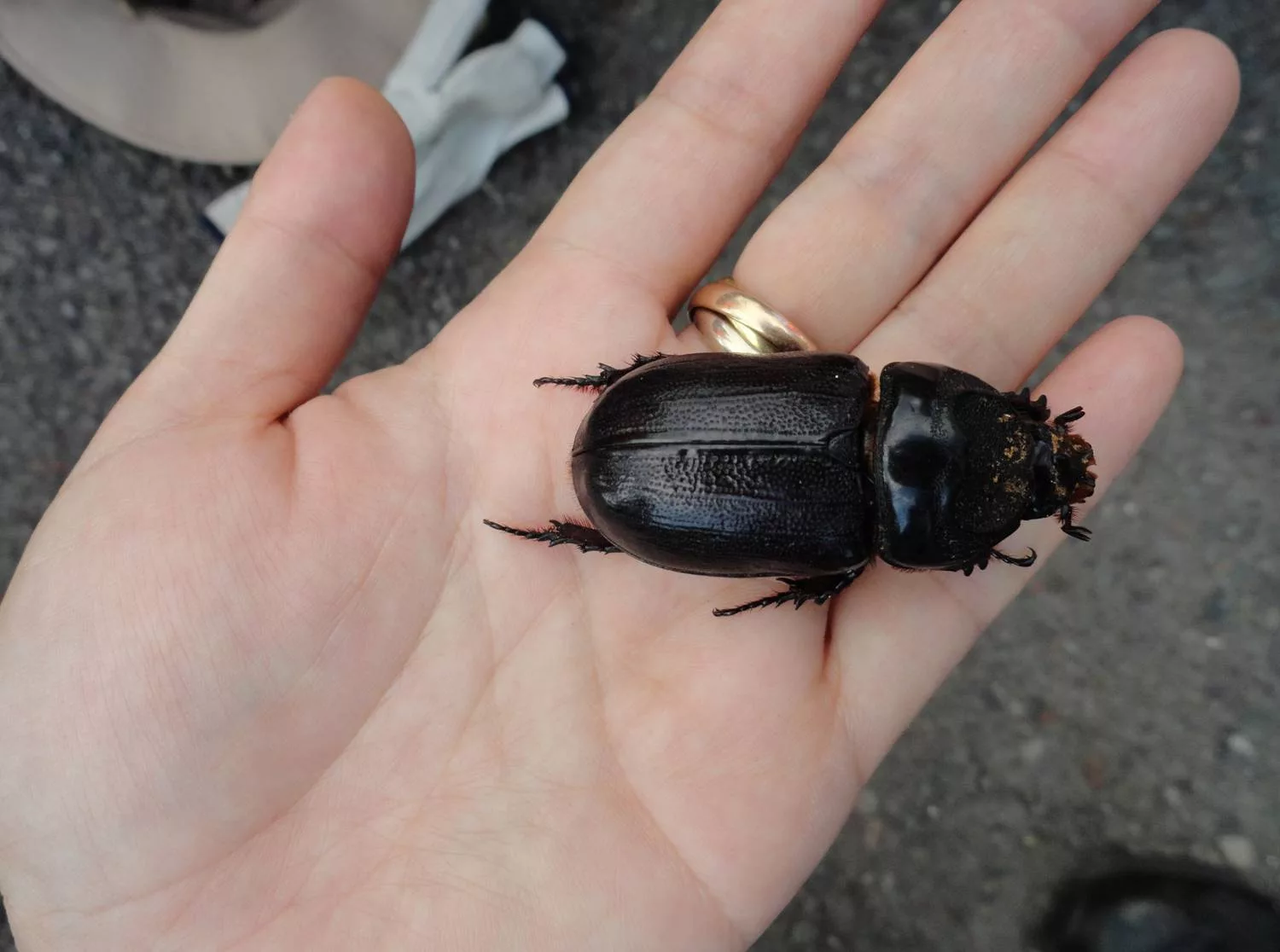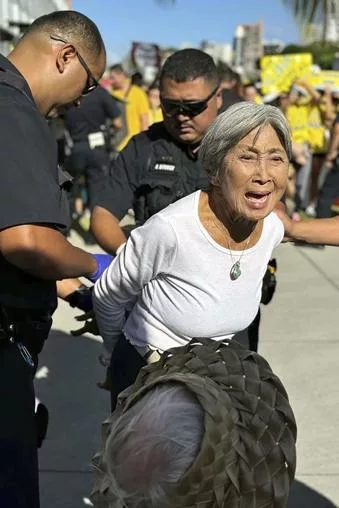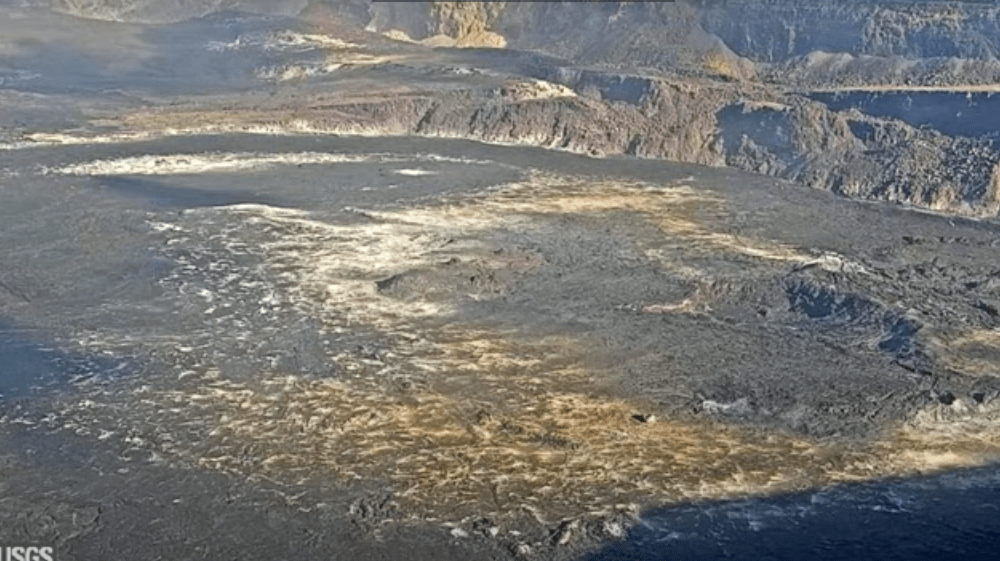The Hawaiʻi Department of Agriculture (HDOA) recently found a single coconut rhinoceros beetle (CRB) in a trap during routine monitoring in Waikoloa. This is the first detection of CRB on Hawaiʻi Island since October 2023 when a Waikoloa resident reported finding a total of six grubs in a decaying palm tree stump. The recent trap was found approximately 200 yards from the 2023 incident.
HDOA set 30 traps around Waikoloa and has been conducting routine monitoring with the assistance of volunteer area residents. The Big Island Invasive Species Committee set additional traps, as has the University of Hawai‘i, whose traps have cameras that allow real-time monitoring. Surveillance for CRB has been ongoing on all islands, including traps at airports, harbors and other strategic locations.
HDOA and CRB Response teams are now focusing on eradication efforts in the area where the beetle was found.
Residents on all islands are asked to be vigilant when purchasing mulch, compost and soil products, and to inspect bags for evidence of entry holes. An adult beetle is about 2-inches long, all black and has a single horn on its head. CRB grubs live in decomposing plant and animal waste. Adult CRB prefer to feed on coconut and other larger palms and are a major threat to the health of these plants.
Residents may go to the CRB Response website at: https://www.crbhawaii.org/ to learn more about how to detect the signs of CRB damage and how to identify CRB life stages.
CRB is a pest of palm trees, primarily coconut palms, as the adult beetles bore into the crowns of the palms to feed on the trees’ sap. New unopened fronds are damaged in this way and when fully opened, may break and fall unexpectedly. If CRB kill or damage the growing point of the palm, the tree may die. Secondary fungal or bacterial pathogens may also attack the wounds caused by CRB, thereby killing the tree as well. Tree mortality after CRB attack has been reported to be anywhere from 10 percent to 50 percent. Dead trees then become a safety hazard as they may fall unexpectedly after the trunk rots, potentially resulting in bodily injury or property damage.
CRB is a major pest of palms in India, the Philippines, Palau, Fiji, Wallis and Futuna, Nukunono, American and Western Samoa and Guam. It is still not known exactly how the beetles arrived in Hawai‘i.
Photo credit: Department of Agriculture





